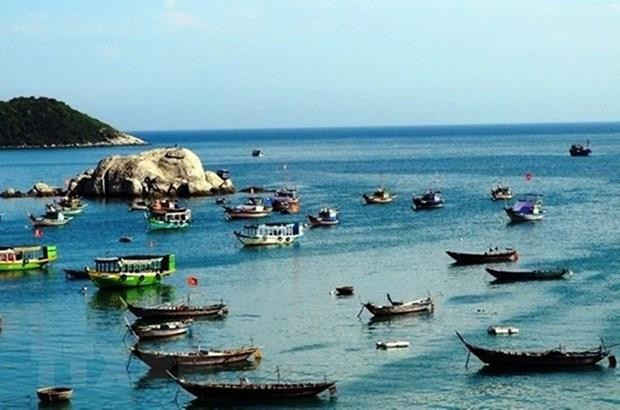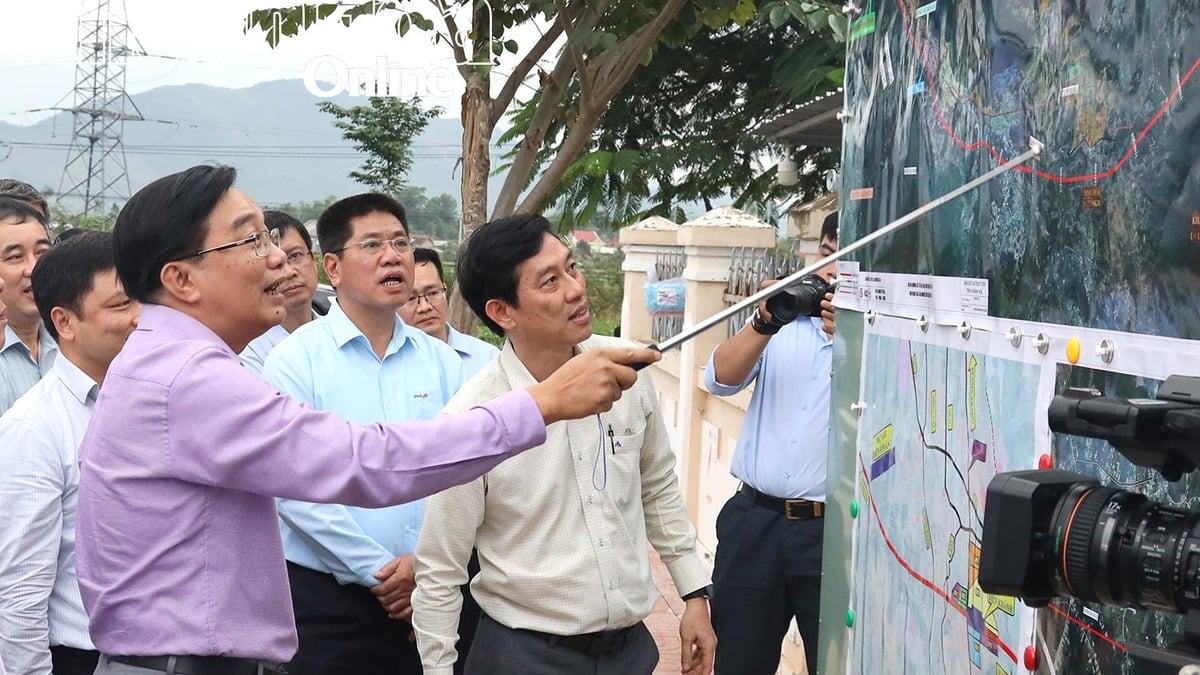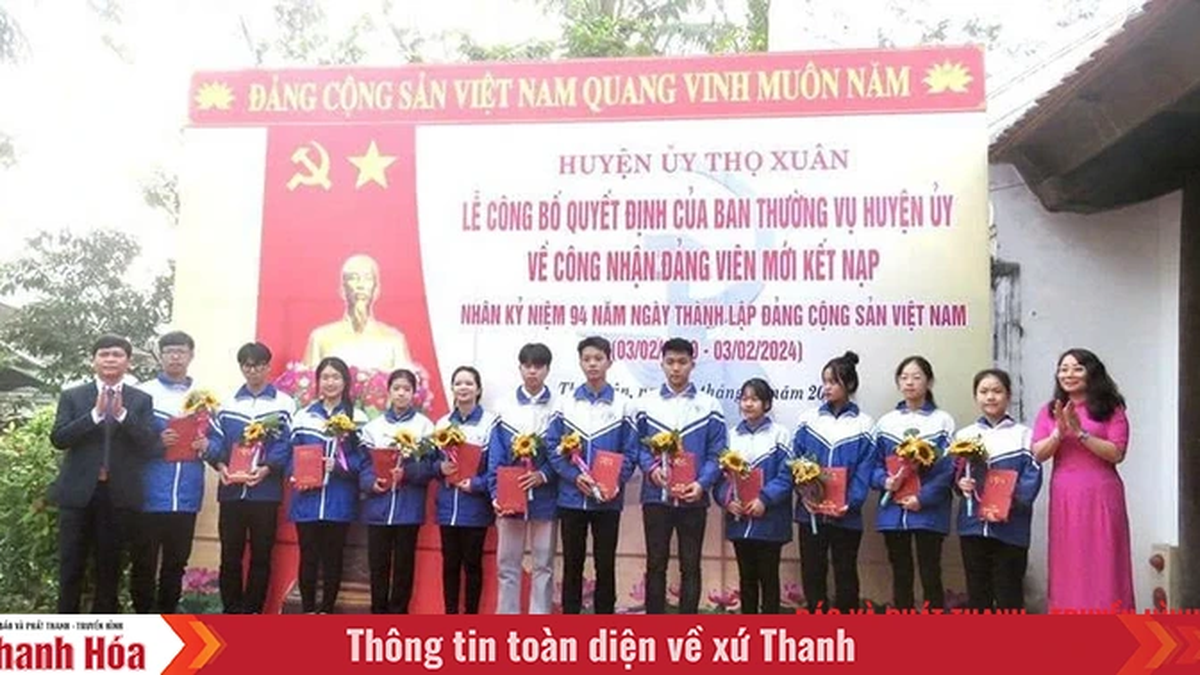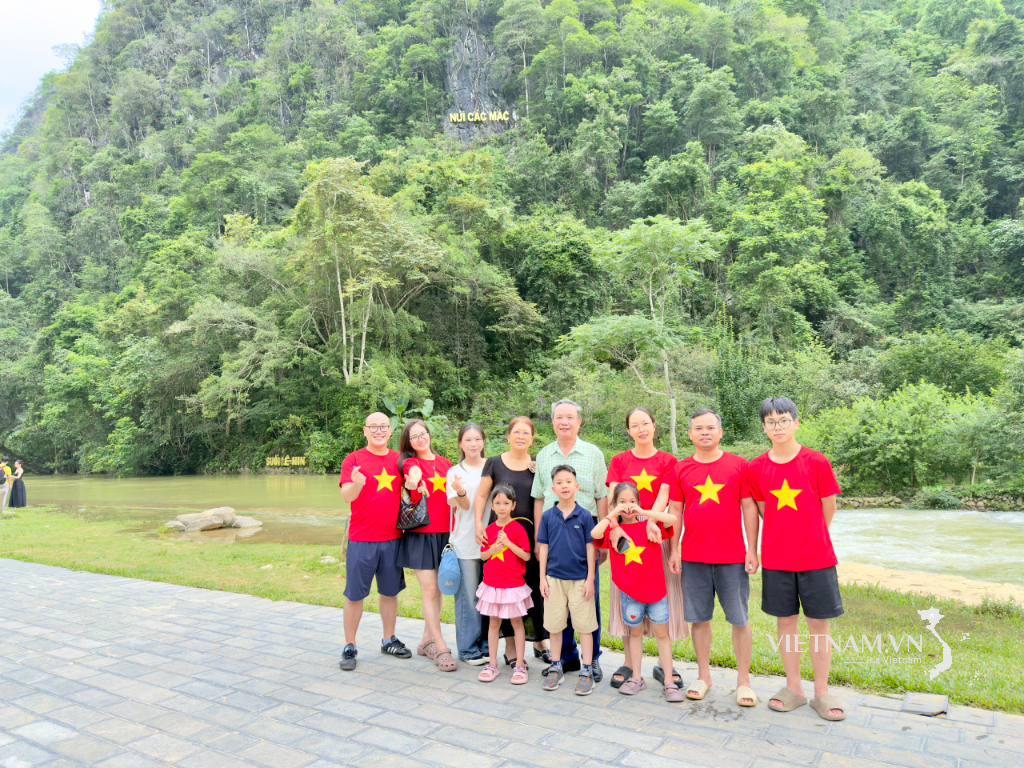
Everyone seems to be waiting for a strong enough "push" to create a breakthrough in the development of this environmentally friendly energy industry.
Huge potential
Many studies by domestic and foreign scientists have shown that our country has great potential for developing offshore wind power. Vietnam has more than 3,260km of coastline, 12 nautical miles of territorial waters, and an exclusive economic zone of 200 nautical miles from the baseline. Wind flow in our country's waters, especially the East Sea, is very high and continuous.
According to the report of the Center for Hydro-Meteorological Forecasting, Ministry of Agriculture and Environment, the average technical potential of wind power in the Gulf of Tonkin and the Ninh Thuan - Vung Tau area is about 500W/ m2 . Preliminary research shows that the area of our country's exclusive economic zone (EEZ) that can build wind power is up to more than 300,000km2 . The total technical capacity that can be obtained is more than 1,000GW. Meanwhile, in coastal waters (distance less than 6 nautical miles), the total capacity that can be obtained is about 58GW.
The World Bank (WB) has also conducted many studies on the technical potential of offshore wind power in our country. Accordingly, it has preliminarily identified 14 blocks that can form wind farms. The total power generation capacity will reach about 6GW by 2030 and 40GW by 2040, in line with the National Power Development Plan. The WB study calculates the appropriate options for offshore fixed foundation technology, including the lowest levelized cost of electricity (LCOE) and possible impacts on marine biodiversity as well as some other social factors.
Dr. Du Van Toan, Institute of Environmental, Marine and Island Sciences (Ministry of Agriculture and Environment), who has many years of research on offshore wind power, said: Some Nordic countries, the United States, China... have built offshore wind farms for decades. In particular, China now has an offshore wind power generation capacity of about 40-50GW, tens of GW higher than European countries and many times higher than the United States.
In addition to the Net Zero target, offshore wind power has many other advantages such as not occupying a large area of land, not causing noise pollution, contributing to reducing the pressure on electricity use for the economy and the pressure on electricity supply for traditional energy facilities. In addition, with the great potential of our country's sea, using offshore wind power for business purposes is not impossible.
The difficulties in installing and operating offshore wind power at present are no longer a challenge due to the development of advanced science and technology. Current offshore wind turbines in the world are using horizontal and vertical axis propeller technology with large power generation capacity and durable operation. However, the cost of up to tens of millions of USD for a wind turbine will be "picky" for investors. Meanwhile, with a lifespan of about 35 years of operation of a wind turbine, in addition to careful research on power generation conditions, commitments to the use of wind power are also highly valued by investors.
Many challenges to overcome
According to Mr. Stuart Livesey, Chief Representative in Vietnam of Danish energy group Copenhagen Infrastructure Partners (CIP): The development of the world's offshore wind power industry in the past 20 years has created about 300,000 workers in the construction and development phase, and about 22,000 workers participating in operations.
Among the operating workforce, there are many people transferring from the oil and gas, electricity, thermal power and mechanical industries. Offshore wind power operations also provide an opportunity to train new related professions such as environmental experts, project managers, electromechanics, etc.
Notably, recently, CIP has also developed offshore wind power in Taiwan (China) and South Korea, combining the formation of supply chains, services, seaports and developing a blue ocean economy for businesses and localities where turbines are installed, showing great socio-economic efficiency.
In Vietnam, although it has been studied for many years, the renewable energy industry, especially offshore wind power, has not received due attention. However, the potential of offshore wind power has been truly "unleashed" since Resolution No. 36-NQ/TW dated October 22, 2018 on "Strategy for sustainable development of Vietnam's marine economy to 2030, vision to 2045".
The 2024 Electricity Law and the National Power Plan (revised Power Plan VIII) allow the development of up to 139GW of offshore wind power by 2050. It is estimated that the value at that time will reach about 420 billion USD. Up to this point, most calculations on the offshore wind power potential of our country are only preliminary, based on the results of many years of observation by meteorological and oceanographic agencies, plus small-scale wind measurement methods; oceanographic-meteorological data; and a 12-month environmental survey by the World Bank.
Although the survey data has shown a relatively clear view of the potential of offshore wind power and can provide a database to calculate electricity production costs, build electricity tariffs; minimize risks in choosing development areas; speed up progress by collecting important, long-term data to select investors; environmental parameters...
However, there has been no detailed assessment of the geophysical and geotechnical parameters of the entire offshore area. Not to mention, many assessments of national defense and security, maritime safety, etc. have not been mentioned. That shows that there is still much work to be done for the offshore wind industry to become one of the strong economic sectors and play an important role in the Net Zero journey.
To do that, it is necessary to build a specific and drastic roadmap; the authorities need to update limited information on development areas; invest in modern marine monitoring systems; research and evaluate in detail the economic and market potential of offshore wind energy; expand research on the potential for exploiting other marine energy sources such as waves, tides and marine economic sectors; build a mechanism for sharing meteorological and hydrological data; refer to research results on offshore wind power and other marine energy sources in promulgating electricity planning...
The issue of shifting from traditional energy to green energy is a worldwide trend in the global Net Zero target. From models around the world, it can be seen that the benefits that offshore wind power brings will certainly contribute significantly to economic development; ensure energy security; ensure the implementation of Vietnam's commitment at COP26 on net zero emissions by 2050.
Source: https://nhandan.vn/khai-thac-tiem-nang-dien-gio-ngoai-khoi-post890214.html
























![[Photo] National Assembly Chairman attends the seminar "Building and operating an international financial center and recommendations for Vietnam"](https://vphoto.vietnam.vn/thumb/1200x675/vietnam/resource/IMAGE/2025/7/28/76393436936e457db31ec84433289f72)











































































Comment (0)